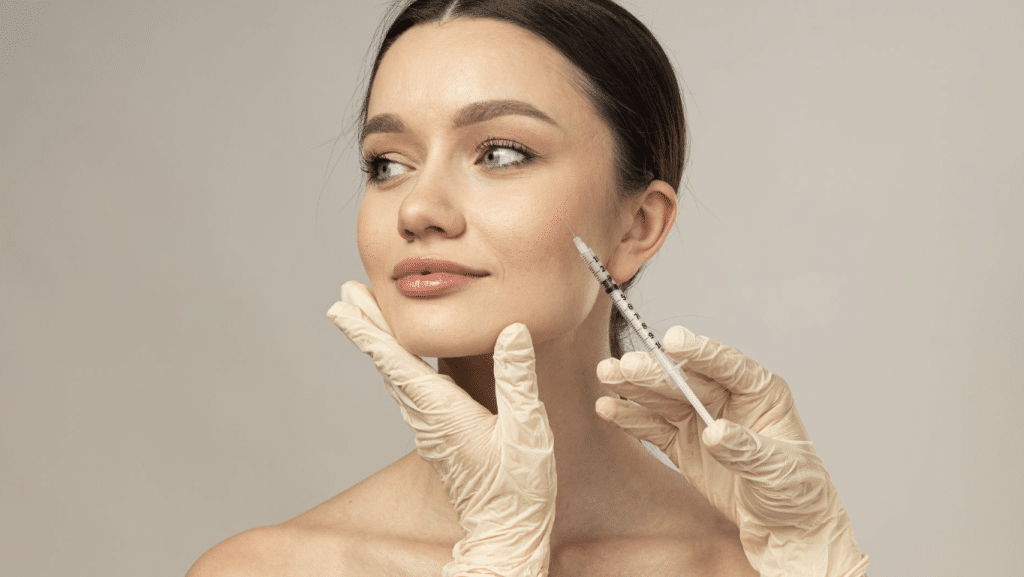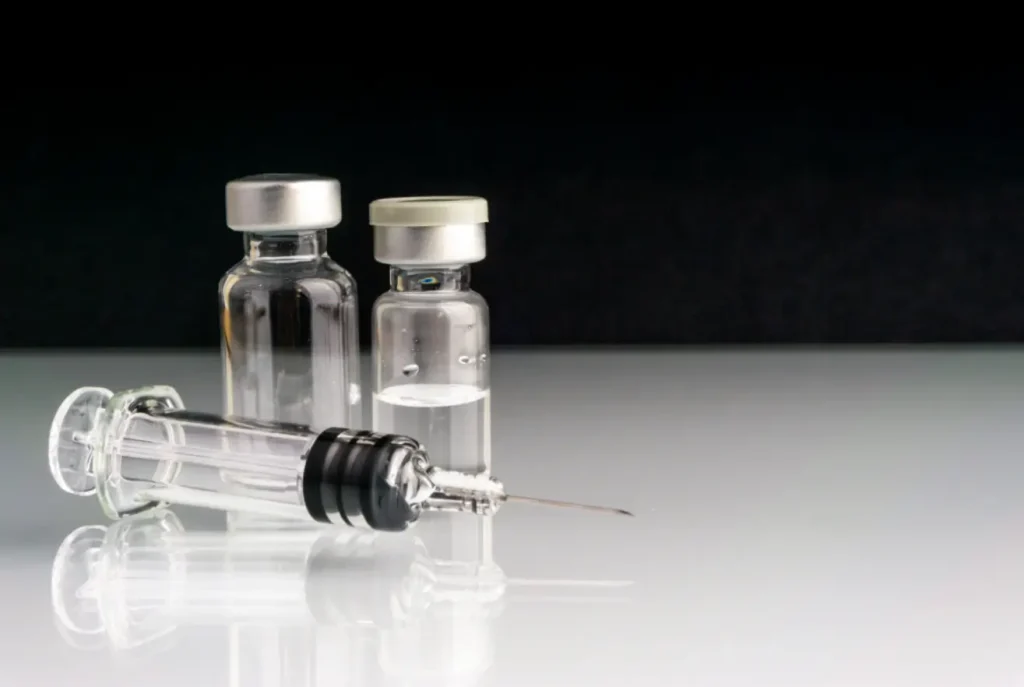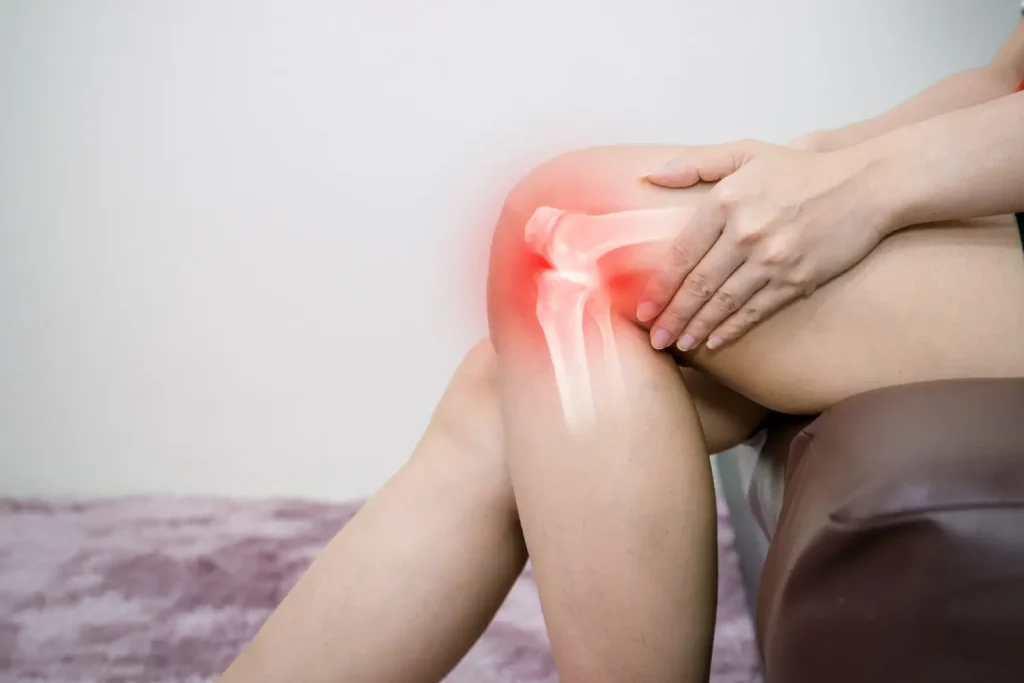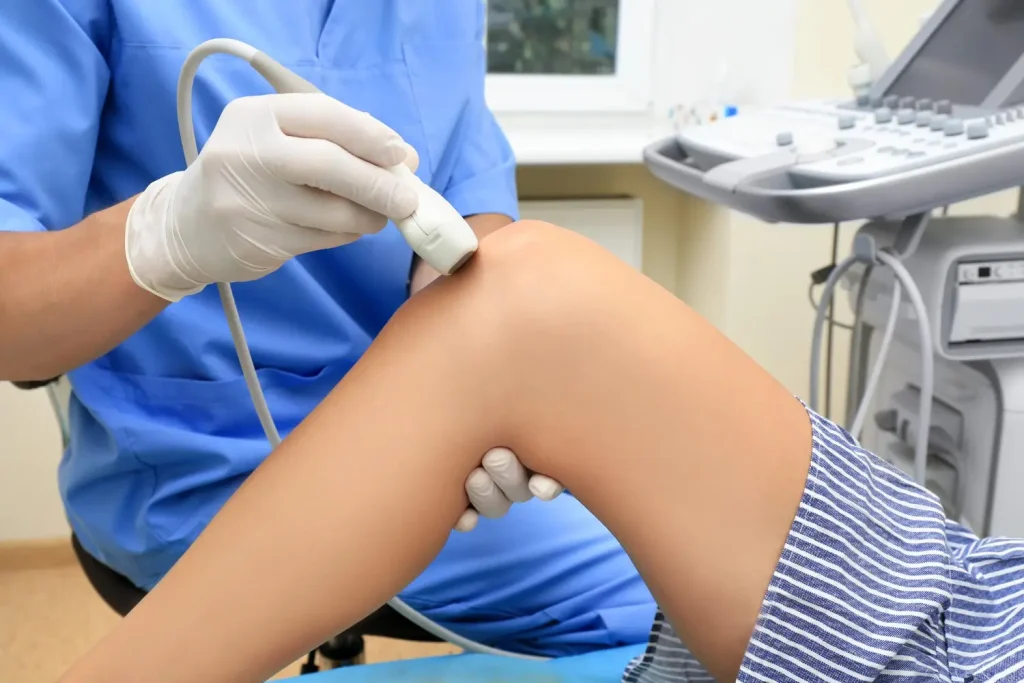In 2021, Americans spent over $14.6 billion on aesthetic procedures, with a notable increase in demand for facial, breast, and body treatments. As video meetings became the norm during the pandemic, many sought both surgical and non-surgical solutions to enhance their appearance. Nabota and Botox are among the most popular options for facial rejuvenation.
Nabota and Botox are both botulinum toxin type A products, commonly used to treat aesthetic concerns like glabellar lines and crow’s feet. While Botox has long been the gold standard, Nabota has emerged as a compelling alternative, praised for its effectiveness and competitive pricing.
In this article, we will compare Nabota and Botox, exploring their similarities, differences, and overall performance in aesthetic treatments.
Key Takeaways
- Nabota and Botox are both neurotoxin products used for aesthetic and medical treatments.
- Both products contain botulinum toxin type A as their active ingredient.
- Nabota and Botox work by reducing wrinkles and treating conditions like muscle spasms.
- Differences in formulation, dosage, and clinical efficacy exist between Nabota and Botox.
- Patient experiences, treatment outcomes, and side effects should be considered when choosing between Nabota and Botox.
About: Medical Spa RX provides medical practices with premium products at the best prices. If you’re looking to buy Nabota for your practice, the sales representatives at Medical Spa RX can give you guidance.
Understanding Nabota and Botox

Nabota is a botulinum toxin type A product developed by Daewoong Pharmaceutical, specifically designed to treat forehead frown lines. Approved by the FDA in 2019, Nabota has gained recognition for its quick onset of action, with noticeable improvements often seen within two days.
Botox, one of the most well-known names in cosmetic treatments, also utilizes botulinum toxin type A to relax facial muscles and reduce wrinkles. Each vial of Botox contains 100 units of the active ingredient, which effectively smooths out fine lines and wrinkles.
Both Nabota and Botox share the same active ingredient, botulinum toxin type A, which is responsible for their muscle-relaxing and wrinkle-reducing effects. Despite being produced by different companies—Nabota’s manufacturer is Daewoong Pharmaceutical, while Allergan develops Botox—these products function similarly and offer comparable efficacy in treating facial wrinkles.
Mechanism of Action

Nabota uses botulinum toxin type A to target facial muscles responsible for wrinkle formation. This neurotoxin works by blocking the release of acetylcholine, a chemical messenger that triggers muscle contractions. By inhibiting muscle movement, Nabota effectively reduces the appearance of existing wrinkles and prevents new ones from forming.
Like Nabota, Botox employs botulinum toxin type A to reduce wrinkles. It blocks the nerve signals that cause muscles to contract, particularly in areas like the glabellar lines between the eyebrows. By relaxing these muscles, Botox smooths out wrinkles and provides a more youthful appearance.
Differences in Formulation and Dosage
While Nabota and Botox both originate from the bacterium Clostridium botulinum and share a similar mechanism of action, their formulation and manufacturing processes differ. These differences can influence the onset of action, duration, and cost of treatment.
Nabota’s formulation is designed to work faster and may be more cost-effective than Botox. However, each product’s specific dosage and administration can vary depending on the treatment area and individual patient needs.
Clinical Efficacy

| Feature | Nabota | Botox |
| Improvement in Glabellar Frown Lines | 85.4% after two days | Not specified |
| Responder Rate | 93.9% | 88.6% |
| Onset of Action | Effects by day 2 | Not specified |
| Adverse Events | 9.52% mild events | Not specified |
| FDA Approval Year | 2019 | Before 2019 |
| Cost | Less expensive | More expensive |
| Treatment Duration | ~6 months | ~6 months |
Aside from clinical trials and studies, here is how patient experiences and outcomes compare after Nabota treatment:
- Patients saw a significant change in their frown lines after using Nabota. By day 2, 85.4% noticed their lines get smoother when they frown.
- Nabota started working fast, showing results in just 2.3 days on average.
- By the second day, over half of the patients noticed their lines were better even when they didn’t frown.
- The number of happy patients went up to 97.6% by day 14 because their skin looked smoother.
Safety and Side Effects
Learning about the safety and side effects is critical, as Nabota and Botox carry risks and typical reactions. This knowledge helps ensure you make an informed choice for your treatment plans.
Here are some common side effects:
- Headaches: Some people get headaches after using Nabota.
- Muscle Weakness: This can happen around the treated area.
- Pain: People might feel pain when they get the shot.
- Dry Mouth: A dry mouth occurs in some people after treatment.
- Tiredness: Several users report tiredness.
- Double Vision: This is rare but possible with product use.
- Swelling: Swelling at the injection site occurs in some cases.
Long-term safety is vital when picking treatments like Nabota and Botox. Studies show mild adverse events, such as oropharyngeal pain and allergic rhinitis, happen but go away independently
Choosing the Right Option
Choosing the right option between Nabota and Botox can depend on various factors. Here are some essential things to think about:
- Effectiveness for Specific Needs: Nabota showed higher effectiveness in treating glabellar frown lines.
- Speed of Results: Patients might see results from Nabota 2 days after treatment.
- Cost: Nabota is usually less expensive than Botox, which could make it a better choice for budget-conscious patients.
- Duration of Effects: The effects of Nabota last about six months, while Botox lasts 3 to 4 months.
- Dosage and Potency: Both products come in dosages of 100 units per vial, but Nabota has a lower specific potency compared to some other products, hinting at possible inactive content.
- Safety Profile: Both have similar safety profiles with mild side effects reported.
Talking with a healthcare professional is vital before choosing between Nabota and Botox. They can help you understand how your body might react to each treatment. This step makes sure the choice matches your health history and current needs.
Conclusion
Nabota and Botox both use a similar active ingredient to smooth wrinkles. They work similarly but differ in how fast they act and formulations.
Studies show Nabota might kick in faster for some people and is safe to use with few side effects, just like Botox. Before deciding which is best for you, consider the cost and what you want from the treatment, and talk to a doctor.
Both options have good points depending on your needs.
FAQs
1. What is the main difference between Nabota and Botox?
Nabota and Botox are used for cosmetic treatments but have different origins. While Nabota comes from South Korea, Botox is a product of the United States.
2. Are there differences in how Nabota and Botox work?
Yes. Both products work by blocking nerve signals to muscles, reducing wrinkles. However, their formulations differ slightly, which might affect their longevity and effects.
3. Is one safer or more effective than the other – Nabota or Botox?
Both are considered safe when administered by professionals. However, their effectiveness can vary depending on individual reactions to treatment. It’s best to consult a healthcare provider for personalized advice.
4. Can I switch from using Botox to using Nabota?
Yes, you can, but changes like these must be made under professional supervision. Your doctor will guide you through any necessary dosage or adjustment of the application method.
References
The Aesthetic Society. The Aesthetic Society releases annual statistics revealing significant increases in face, breast and body in 2021. The Aesthetic Society. https://www.theaestheticsociety.org/media/press-releases/aesthetic-society-releases-annual-statistics-revealing-significant-increases
Song, S., Lee, Y. H., Hong, J. P., & Oh, T. S. (2018). Safety, efficacy, and onset of a novel botulinum toxin type A (Nabota) for the treatment of glabellar frown lines: a single-arm, prospective, phase 4 clinical study. Archives of craniofacial surgery, 19(3), 168–174. https://doi.org/10.7181/acfs.2018.01886
Frevert, J., Ahn, K. Y., Park, M. Y., & Sunga, O. (2018). Comparison of botulinum neurotoxin type A formulations in Asia. Clinical, cosmetic and investigational dermatology, 11, 327–331. https://doi.org/10.2147/CCID.S160723





















